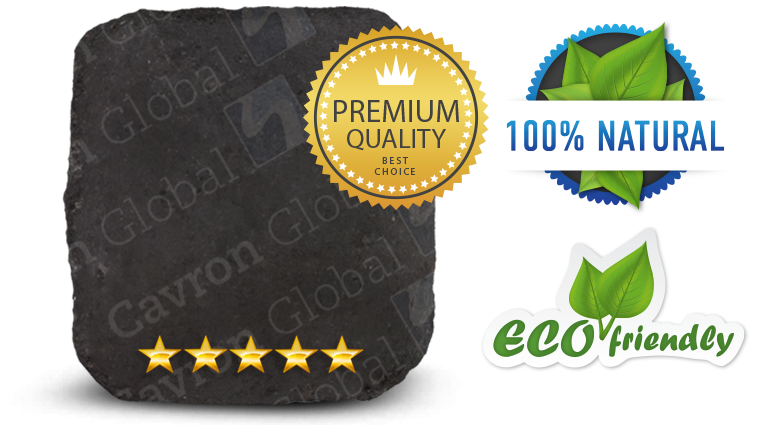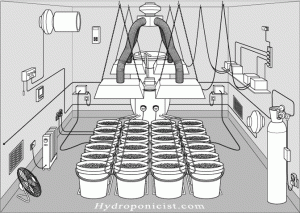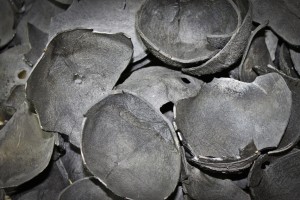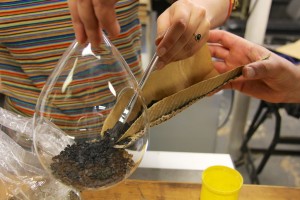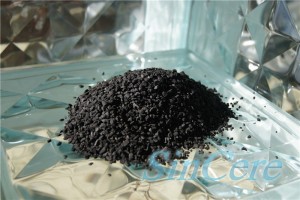
750 million people around the globe are lacking in safe drinking water, and nearly all of them in the developing countries. Africa is the region that lacks water the most. Insufficient water supply brings a huge health impact, as it kills lives.
Clean water is getting scarce, when nearly a third of the world’s population live in water-stressed areas. Meanwhile, the number of people becoming aware of risks of drinking contaminated water is increasing. What should we do, and what can we do to secure this scarce resource? Water filters will give you unimaginable solutions to this problem.
A water filter can effectively remove impurities, as well as unpleasant odour from the water. By far the most common type of water filters are those based on absorption, most of which use activated carbon. activated carbon filters can effectively trap contaminants, and eliminate odour in the water. They are high absorbent sponges, removing larger particles like sediment and silt from the water, so they’re no longer present in your consuming liquid. And of course, activated carbon filters will also make sure the end result has less odour and let the water tastes real. This is because they reduce the amount of chlorine and other contaminants that can make your water smell unpleasant.
Be sure that you are selecting the right activated carbon filters from the selling racks? First, we should choose the water filter which activated carbons are made by good source materials. There are several types of source materials for producing activated carbon such as coal, wood, coconut shells and peats, among them, coconut shells stand out. Coconut shell-based carbons tend to be harder and thus more resistant to abrasion. They also have very effective adsorbing capacities, and show superior removal performance in catalytic applications, such as drinking water treatment. We also need to choose a filter manufacturer that has its own carbon production facility, so that the quality of carbons is controlled and reliable.
Your body is about 70 percent water, and these tiny molecules of H20 are important for every biological functioning inside our body. Bear this in mind as you make decisions about securing clean water for you and your loved ones.
